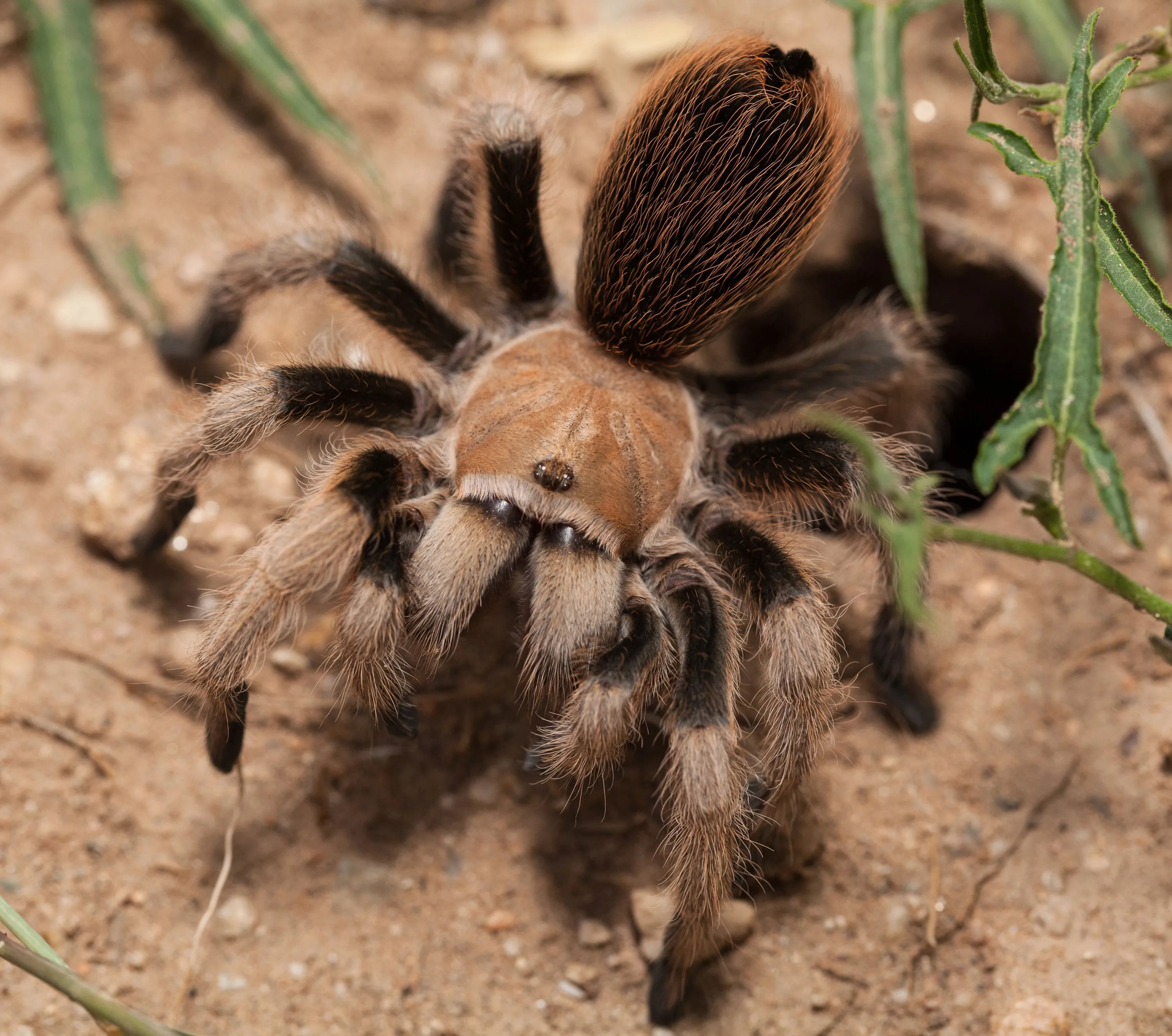What is the Average Tarantula Lifespan?
The world of tarantulas is fascinating, and one of the first questions that often comes to mind for potential owners is, “How long do tarantulas live?” The answer, as with many aspects of tarantula care, isn’t a simple one. Tarantulas, unlike many other pets, can live for a surprisingly long time, with lifespans varying considerably based on species, sex, and care. Understanding the average lifespan is crucial for anyone considering bringing one of these eight-legged creatures into their home. Generally, you can expect a tarantula to be a long-term commitment, offering years of companionship for the dedicated owner. This long lifespan is a significant factor to consider when choosing a tarantula as a pet, ensuring you are prepared for the responsibility.
Factors Affecting Tarantula Lifespan
Several factors influence how long a tarantula will live. From the genetic makeup of the species to the environmental conditions they experience, each aspect plays a vital role in their longevity. Understanding these factors is essential for providing the best possible care and maximizing your tarantula’s lifespan. It’s not just about feeding them regularly; it’s about creating an optimal environment that supports their natural behaviors and health. Many owners make mistakes and unknowingly shorten their pet’s lifespan.
Species Specific Lifespans
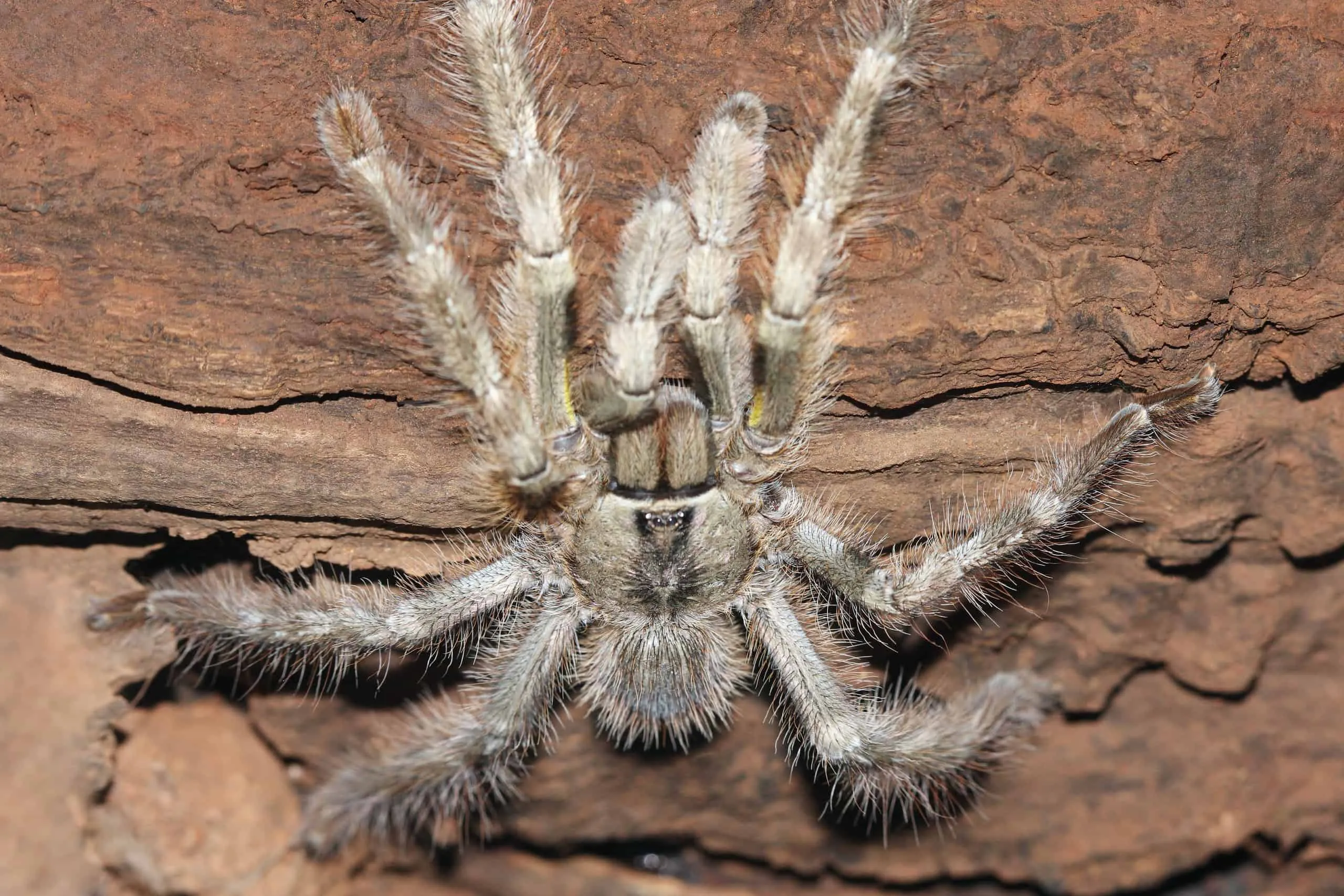
The species of tarantula is perhaps the most significant factor in determining its lifespan. Some species are known for their relatively short lives, while others can live for several decades. For example, some of the smaller, faster-growing species may only live for a few years, whereas some of the larger, slower-growing species can live for 20-30 years or even longer. Researching the specific needs of the species you are considering is crucial. The specific lifespan information will help you prepare and understand the long-term commitment involved with each type of tarantula.
Female Tarantulas
Female tarantulas typically live significantly longer than their male counterparts. In many species, females can live for 15-30 years, or even longer, given optimal conditions. This longevity is a key consideration for those seeking a long-term pet. The longer lifespan of females is often attributed to their slower metabolism and the fact that they do not undergo the same stress and physical exertion as males, especially during mating. Owners often find that female tarantulas become cherished members of the family, providing years of enjoyment and observation.
Male Tarantulas
Male tarantulas, on the other hand, generally have a shorter lifespan, often living only 5-10 years. This shorter lifespan is largely due to their role in reproduction. After reaching maturity, males often focus on finding a mate, which puts a strain on their bodies. Furthermore, once they have mated, their life cycle nears its end. Understanding the difference in lifespan between males and females is critical when making a decision about which type of tarantula to acquire. The shorter lifespan of the males adds another layer of consideration in their care requirements.
Diet and Nutrition
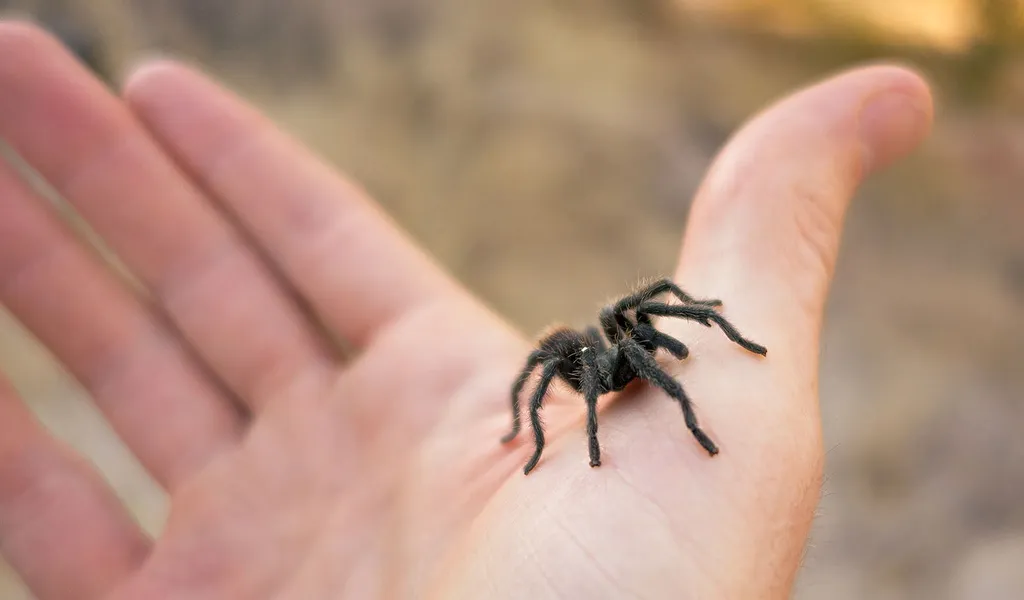
A well-balanced diet is essential for any tarantula’s longevity. Tarantulas are primarily insectivores, meaning their diet consists of insects such as crickets, mealworms, and roaches. The size and type of insects you feed your tarantula should be appropriate for its size and developmental stage. Overfeeding can be as detrimental as underfeeding. A varied diet ensures that your tarantula receives all the necessary nutrients for optimal health and growth. Providing access to clean water is also vital for hydration. A diet rich in vitamins and minerals will keep them healthier for longer.
Housing and Environment
The environment in which a tarantula lives plays a critical role in its lifespan. Maintaining a suitable habitat is not just about providing a place to live; it’s about replicating the natural conditions that the tarantula is adapted to. This includes regulating temperature and humidity, providing an appropriate substrate, and ensuring the enclosure is the correct size for the species. Neglecting these aspects can lead to stress, health issues, and a shortened lifespan. Setting up the correct enclosure is an important step in owning a tarantula.
Temperature and Humidity
Maintaining the correct temperature and humidity levels within the enclosure is crucial. Most tarantulas thrive in temperatures between 75-85°F (24-29°C) and specific humidity levels depending on their species’ origin. Too much heat or too little humidity can be detrimental to their health. Regular monitoring with a thermometer and hygrometer is necessary. Using the right substrate and providing a water source helps regulate humidity. Many owners utilize heating pads or lamps to keep the enclosure at the right temperature.
Substrate and Enclosure Size

The substrate provides a place for the tarantula to burrow and feel secure, and the enclosure size should be appropriate for the species and its size. A substrate like coconut fiber or peat moss is ideal for maintaining humidity. The enclosure should provide enough space for the tarantula to move around and establish its territory. Overcrowding or using an enclosure that’s too small can lead to stress and other health problems. Ensuring the right living space is a crucial step in providing a happy and long life.
Common Health Issues
Like any pet, tarantulas can be susceptible to various health issues. Recognizing the signs of illness early is key to providing the necessary care. Some common health problems include parasitic infestations, molting problems, and injuries. Keeping a close eye on your tarantula’s behavior, eating habits, and overall appearance can help you identify issues quickly. Regular observation and preventative measures are the best ways to keep your tarantula healthy and thriving. Knowing what to look for will help you stay on top of your pet’s health.
Mites and Parasites
Mites and other parasites can infest tarantulas, causing significant distress and potentially leading to other health problems. Mites are tiny, often red or white, and can be seen moving around the tarantula’s body. Infestations can be caused by contaminated substrate or insects. Regular cleaning of the enclosure and quarantining new arrivals are important preventative measures. If mites are detected, prompt treatment with a mite-specific solution is necessary. Inspecting your tarantula regularly is the best way to protect them from these parasites.
Molting Problems
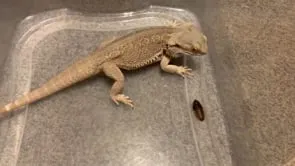
Molting is a natural process for tarantulas, but sometimes they can experience problems. Difficulties during molting can be caused by environmental stressors or nutritional deficiencies. Ensuring proper humidity and temperature levels is crucial for successful molting. Inadequate humidity can lead to the tarantula getting stuck in its old exoskeleton, which can be life-threatening. If you notice any problems during molting, it’s important to consult with an experienced tarantula keeper or a veterinarian who specializes in exotic animals. Keeping a close watch on your tarantula when they molt is an important part of their care.
How to Increase Your Tarantula’s Lifespan
While you can’t guarantee how long a tarantula will live, you can certainly take steps to maximize its lifespan. Providing the right environment, a balanced diet, and prompt attention to any health issues are the cornerstones of good tarantula care. By paying close attention to your pet’s needs and behavior, you can provide them with the best possible quality of life and enjoy their company for many years to come. Owning a tarantula is rewarding, and by following these guidelines, you can increase their chances of a long and happy life.
Proper Care and Maintenance
Regular care and maintenance are essential for a long and healthy tarantula. This includes providing fresh water, cleaning the enclosure, and feeding them appropriately. Removing uneaten food promptly prevents mold and other potential health hazards. Monitoring the temperature and humidity levels in the enclosure is also critical. Establishing a regular care routine will help maintain a suitable environment and increase the chance of a longer lifespan. The more consistent you are, the better the chances of a long life for your tarantula.
Regular Vet Checks

While it can be difficult to find a veterinarian specializing in arachnids, regular check-ups can still be beneficial. A vet can offer insights into your tarantula’s health, identify potential problems early, and offer advice on their care. Even if regular vet visits aren’t possible, consult with experienced tarantula keepers or online forums if you have concerns. This will provide you with guidance on maintaining your tarantula’s well-being and ensuring you are providing the best possible care. A professional’s insight can prove invaluable.
Signs of a Healthy Tarantula
Knowing the signs of a healthy tarantula will help you ensure that your pet is thriving. A healthy tarantula is active, has a good appetite, and displays normal behaviors for its species. Observing your tarantula daily will allow you to detect any changes quickly and take appropriate action. Early detection of any health issues will make it easier to treat, providing your tarantula with a better chance of living a long life. The more you know about your tarantula’s behavior and appearance, the better you will be at recognizing a healthy one.
Appearance and Behavior
A healthy tarantula should have a plump abdomen (although this can vary after molting) and move with ease. Its legs should be intact, and its fangs should appear healthy. The tarantula should exhibit normal behaviors for its species, such as burrowing, webbing, or actively hunting. Any unusual behavior, such as lethargy, lack of appetite, or difficulty moving, could indicate a health problem. Paying close attention to both the appearance and the behavior is key to ensuring that your tarantula is healthy.
Eating Habits
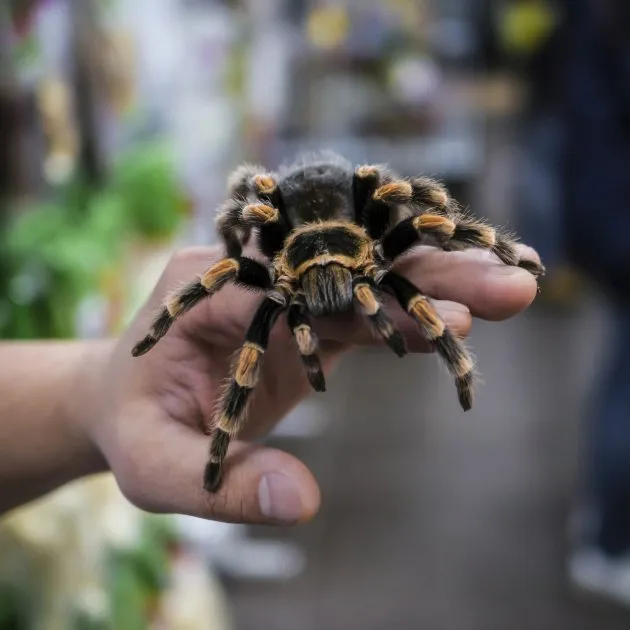
A healthy tarantula will have a good appetite and readily consume the insects you offer. The frequency of feeding will depend on the species and the tarantula’s life stage. A tarantula that refuses to eat or shows a significant decrease in appetite could be a sign of illness or stress. Be mindful of your tarantula’s eating habits, and if you notice any changes, take steps to address the potential issue. Watching your tarantula eat is a good indicator of its health, and any changes can alert you to a potential problem.
Conclusion
The lifespan of a pet tarantula is a crucial aspect to consider when deciding to become an owner. By understanding the factors that influence their longevity and providing the right care, you can significantly increase the chances of your tarantula living a long and healthy life. From choosing the right species to maintaining a suitable environment, every aspect of care plays a vital role. The bond between a tarantula and its keeper can be incredibly rewarding, and with proper care, you can enjoy many years with your fascinating eight-legged friend. Providing proper care not only increases their lifespan but also enriches your own experience with these amazing creatures.
